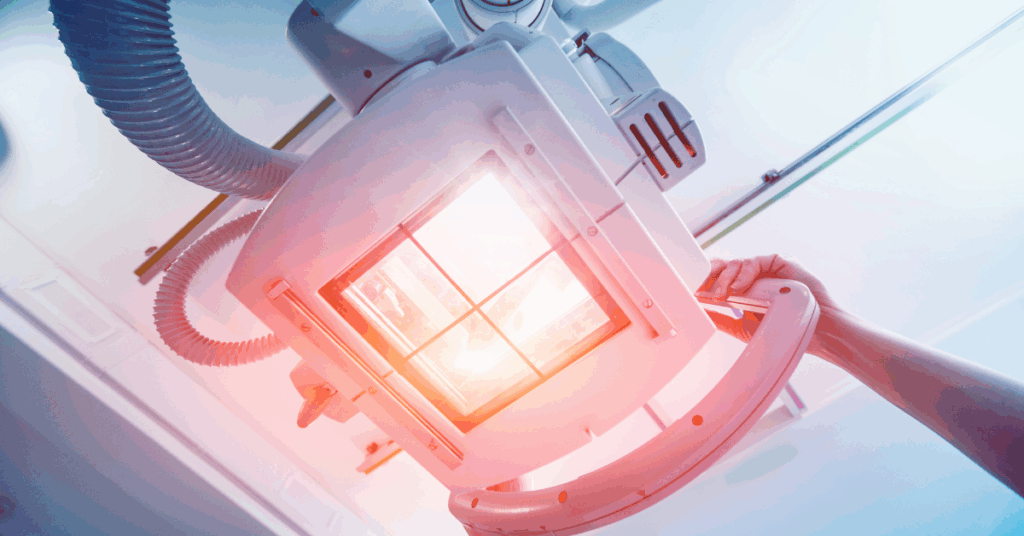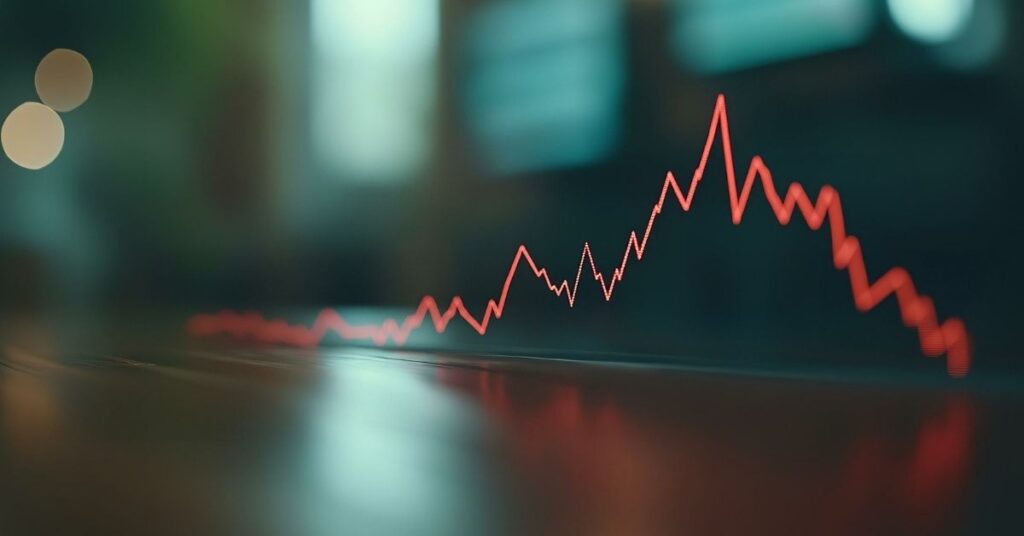What’s the Best Choice for Your Small Business?
As a small business owner, securing the right financing can be crucial for your company’s growth and success. Two popular government-backed loan programs that often come up in discussions are the SBA 7(a) and the USDA OneRD loan programs. Let’s explore these two financing options, so you can determine which loan program is the best fit for your financial needs.
Before finding the right fit for your business or organization, let’s first understand the basics of what a government-guaranteed loan is and then break down the key features of both SBA and USDA loan options.
What is a Government-Guaranteed Loan Program?
A government-guaranteed loan is a financing option in which a government agency—like the U.S. Small Business Administration (SBA) or the U.S. Department of Agriculture (USDA)—partners with a private lender to reduce risk and make funding more accessible to businesses. The government doesn’t lend the money directly; instead, it guarantees a portion of the loan, which gives lenders more confidence to approve funding they might otherwise consider too risky.
For business owners, this means:
- Easier access to capital
- More favorable and longer terms and interest rates
- Flexible uses for the loan funds—from purchasing real estate and equipment to refinancing debt or expanding operations
Once you understand how these programs work, you can evaluate which option—SBA or USDA—is the best fit for your needs.
SBA 7(a) Loans: Versatility for Various Industries
What is an SBA 7(a) Loan?
The SBA 7(a) Loan Program is the SBA’s primary program for providing financial assistance to small businesses. These loans are not directly issued by the SBA but rather by participating lenders, like Veritex Community Bank, with the SBA guaranteeing a portion of the loan. Veritex Bank is an SBA-preferred lender and has closed more than three-quarters of a billion dollars in government-guaranteed loans as of 2025.
SBA 7(a) Loans from Veritex Bank:
- Loan amounts up to $5 million (per borrowing entity).
- Primary loan usage is focused on business acquisitions but can be used for various purposes, including working capital, equipment purchases, partnership buyout, and real estate.
- Longer repayment terms than conventional loans, up to 25 years (for real estate). Lower down payments.
- Interest rates may be fixed or variable with quarterly adjust.
- The SBA guarantees up to 85% of loans of $150,000 or less, and up to 75% of loans of more than $150,000. *Subject to credit approval.
USDA OneRD Loans: Supporting Rural Development
What is the USDA OneRD Program, and what does it stand for?
The USDA OneRD Guarantee Loan Initiative is a unified loan platform created by the U.S. Department of Agriculture to support rural development. The term “OneRD” reflects the unification of four major rural loan guarantee programs under one standardized set of regulations. This streamlining enhances efficiency and accessibility for both lenders and borrowers seeking to invest in rural communities.
The four programs under the OneRD umbrella include:
- USDA Business & Industry (B&I) Loan Program
- USDA Community Facilities Guaranteed (CF) Loan Program
- USDA Rural Energy for America Program (REAP) Loan Guarantee Program (Veritex Bank is not currently an active lender for this loan program.)
- USDA Water & Waste Disposal Loan Guarantees (Veritex Bank is not currently an active lender for this loan program.)
By consolidating these programs, USDA created a more flexible, borrower-friendly pathway to capital for a wide range of rural projects.
A common misconception is that USDA Rural Development—or OneRD—loans are only for farms or agriculture-based businesses. In reality, “rural” encompasses 97% of the U.S., which opens the door to thousands of small towns and communities. To check if your project is in an eligible area, visit Veritex Bank’s interactive map and explore potential locations near you.
Which USDA Loan is Best for Small Businesses?
Among the four OneRD programs, the USDA B&I Loan Program offers the broadest financing flexibility for small businesses. It’s ideal for companies looking to expand, relocate, acquire assets, or strengthen cash flow in eligible rural areas.
The USDA REAP Program, on the other hand, is specifically for businesses investing in renewable energy systems or energy efficiency improvements, such as solar panel installations or HVAC upgrades.
The USDA CF Program is restricted to non-commercial entities and is not a fit for private businesses.
At Veritex Bank Government Lending, our team of experienced USDA loan specialists will guide you through the process—from eligibility checks to loan structuring—to help you secure the right financing for your business needs.
USDA Business & Industry Loans from Veritex Bank: *Subject to Credit Approval
- Large loan amounts range from $2 million to $25 million.
- Designed to support rural small businesses and communities. Funds can be used for various purposes, including business expansion, acquisition, infrastructure improvements, startups, refinancing existing debt, and working capital.
- Long repayment terms, extending up to 30 years.
- Interest rates may be fixed or variable with quarterly adjust.
- The loan guarantee percentage for loans approved in the 2025 fiscal year is up to 80%.
Comparing SBA 7(a) Loans and USDA B&I Loans
| Key Feature | SBA 7(a) Loan Program | USDA Business & Industry Loan Program |
| Loan Amount | Up to $5 million | $ 2 million – $25 million |
| Eligible Areas | Any location | Rural areas with populations of up to 50,000 |
| Eligible Businesses | For-profit businesses | For-profit businesses |
| Use of Funds | Acquisition, partnership buyout, refinancing, working capital, equipment purchase, real estate purchase, renovations and updates | Acquisition, refinancing, working capital, equipment purchase, real estate purchase, startups, new construction, renovations and updates |
| Term Length | Up to 25 years (for real estate) Up to 10 years (non-real estate) | Up to 30 years |
Choosing the Right Loan for Your Business
When deciding between an SBA 7(a) loan and a USDA B&I loan, consider the following factors:
1. Location: SBA 7(a) Loans are available to small businesses nationwide with no rural constraint, while USDA B&I Loans do have a rural requirement. To be eligible for a USDA commercial loan, the business or project being funded must be in a rural community with a population of 50,000 or fewer residents. You can check your rural location status in seconds, using Veritex Bank’s USDA eligibility map here.
2. Loan Amount: While both programs offer substantial funding, USDA B&I loans provide higher loan amounts (up to $25 million), while SBA 7(a) Loans max out at $5 million.
3. Loan Purpose: Both loans offer flexibility, but USDA B&I loans may be more suitable for larger-scale projects. For example, building a food production facility and outfitting it with large machines or reflagging an existing hotel may come with higher price tags and thus require higher loan amounts, compared to a hair salon or daycare facility.
4. Repayment Terms: SBA 7(a) Loans offer terms of up to 25 years for real estate loans and 10 years for non-real estate deals, while USDA B&I Loans extend up to 30 years.
Conclusion
Both the SBA 7(a) and USDA OneRD loan programs offer valuable financing options for small businesses. Your choice will depend on your business’s location, industry, and specific needs. For more information on both program options, the expert team at Veritex Bank Government Lending can provide personalized guidance based on your unique situation.
Remember, securing the right financing is just one step in your business journey. With the appropriate funding in place, you’ll be better positioned to achieve your business goals and contribute to your community’s economic growth.



